You can also check the capacitor using a multimeter. You will need to be familiar with the multimeter. Connect the leads to the ground wire and touch all the other wires as well. This will dispel the charge from the AC capacitor. To check the capacitance, you must measure the current between the terminals. If the resistance is high, you need to replace the AC Capacitor. The voltage will depend on the capacitor's voltage.
When replacing the capacitor, it is important to remember that AC units contain a high-voltage capacitor. You can replace it with a higher voltage by simply replacing the one that has broken. Generally, manufacturers will consolidate their stock at 440v only. To replace the AC Capacitor, you will need to follow the manufacturer's instructions. A properly replaced AC Capacitor will last longer, so you need to avoid damaging your system.
To check the AC Capacitor, you need to disassemble the unit. It is important to remove the access panel before attempting to remove it. Then, you must disassemble the AC unit. If you've removed the access panel, you need to remove the AC unit. Once you've disconnected the power, you can inspect the old capacitor. Once you have found the damaged AC Capacitor, you can start the replacement process.
AC units contain capacitors with high charges. It's important to take reasonable precautions when working with them. When changing AC Capacitors, use an insulated screwdriver. You must also make sure that the screws are in the right position, as you'll need to place them in the correct way. In the event that the screwdriver is damaged, the capacitor will still be alive, which means you should disconnect the power to it first.
To check the AC Capacitor's energy charge, use a multimeter. To do this, connect the multimeter leads to the capacitor and disengage them from other wires. The leads should be connected to the ground wire, but should be touching all other wires as well. Afterwards, measure the capacitance between the capacitor's terminals. If the capacitance is too low, you can disconnect it and try again.
If you've noticed that your AC isn't producing a signal, it's possible that the AC Capacitor is bad. The AC Capacitor has two components: a pair of conductors and a gap. The negative electrode of the capacitor stores electrons. The positive side stores electrons. The other conductors store positive electrons, while the negative electrodes hold the negative electrons.
Before replacing an AC Capacitor, it's important to know the voltage rating of the capacitor. It's usually printed on the side of the capacitor. Look for uF after the voltage. This means that the AC Capacitor is 50uF. The lower rating is higher. If you're unsure, ask the manufacturer for a replacement. If they're unsure, check with the manufacturer or your local utility company.
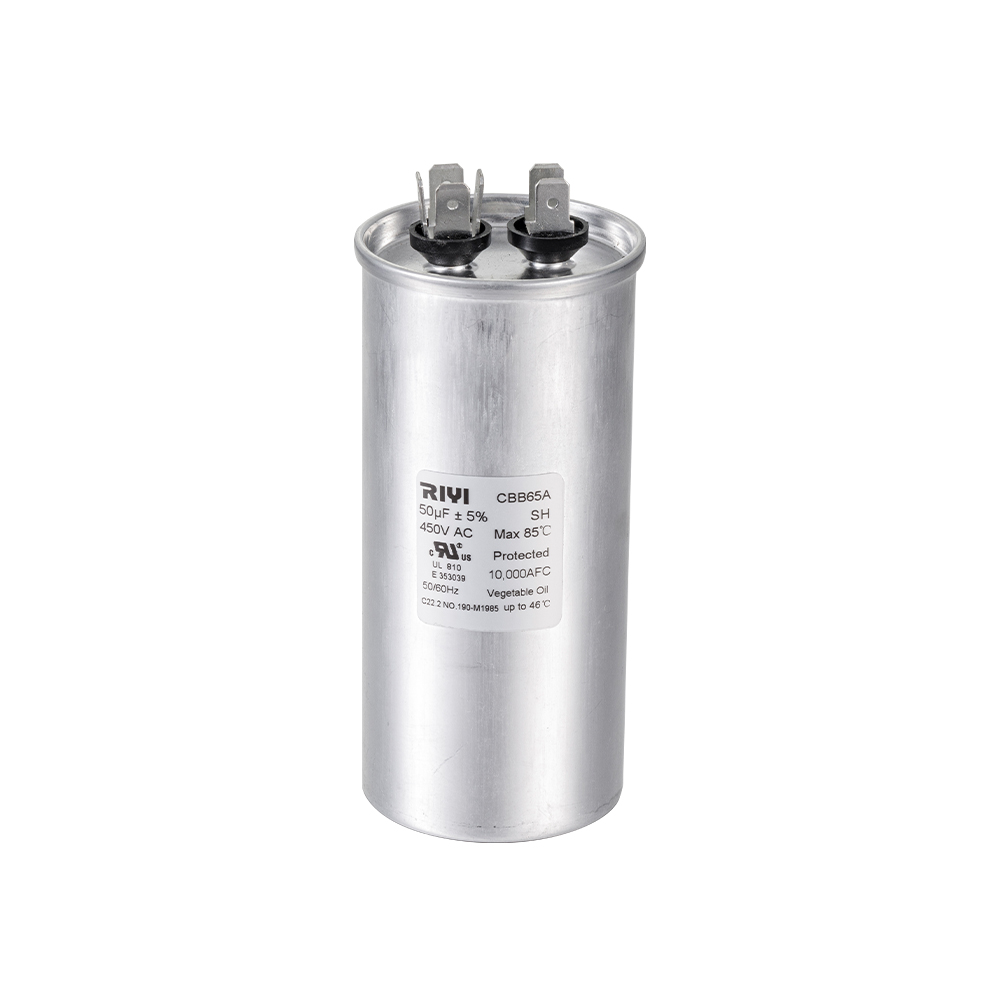

 简体中文
简体中文 English
English Español
Español عربى
عربى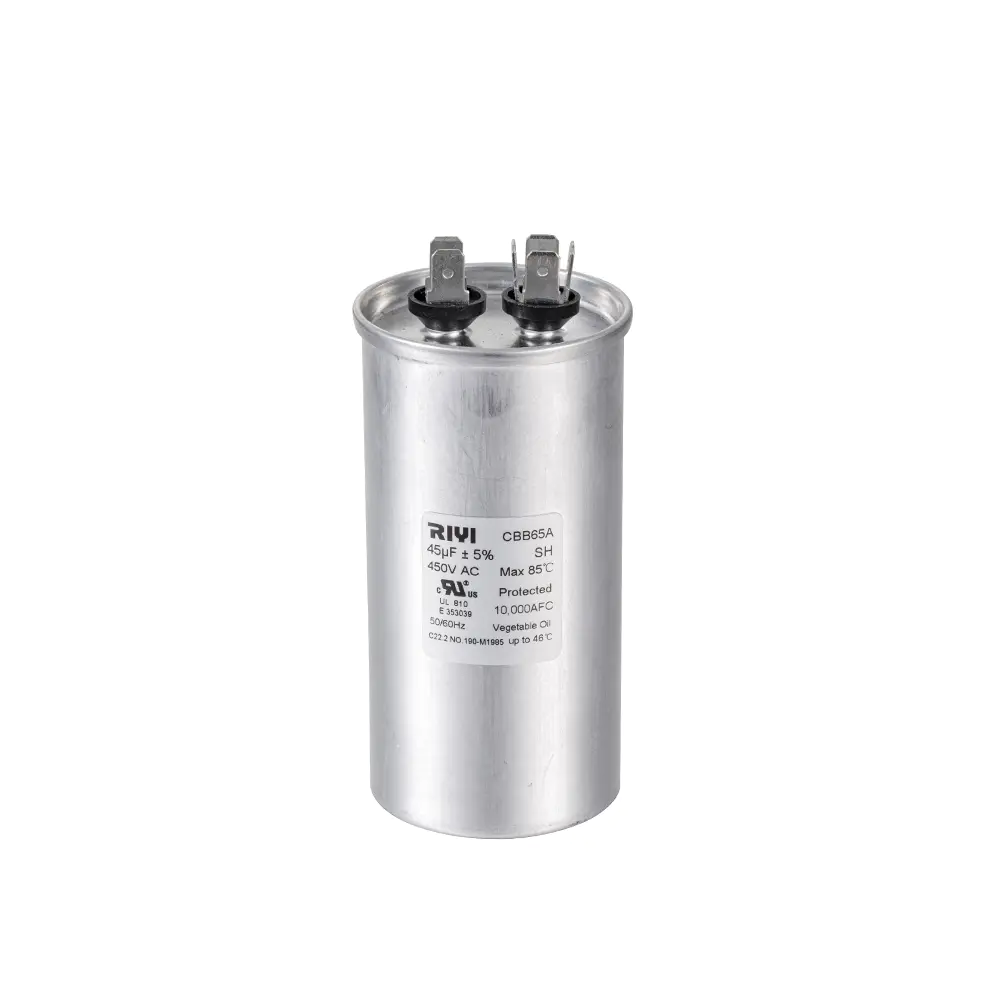
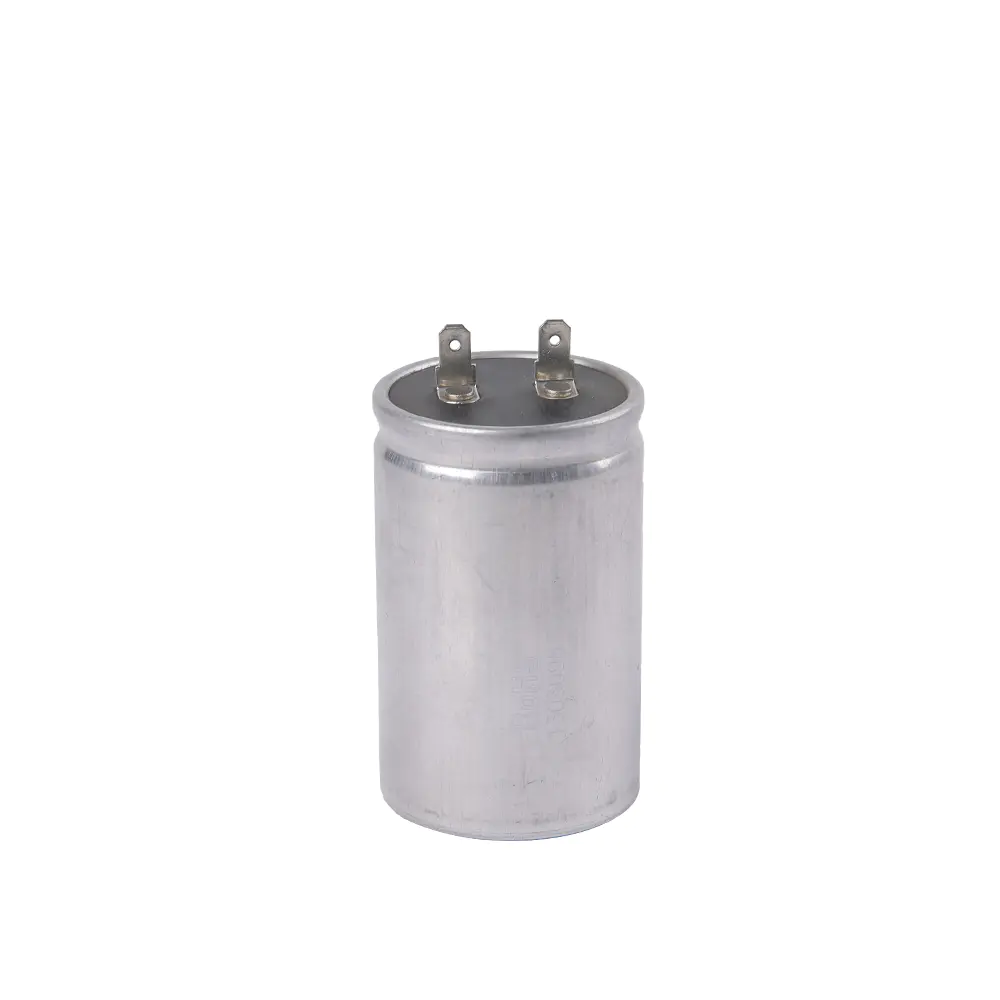
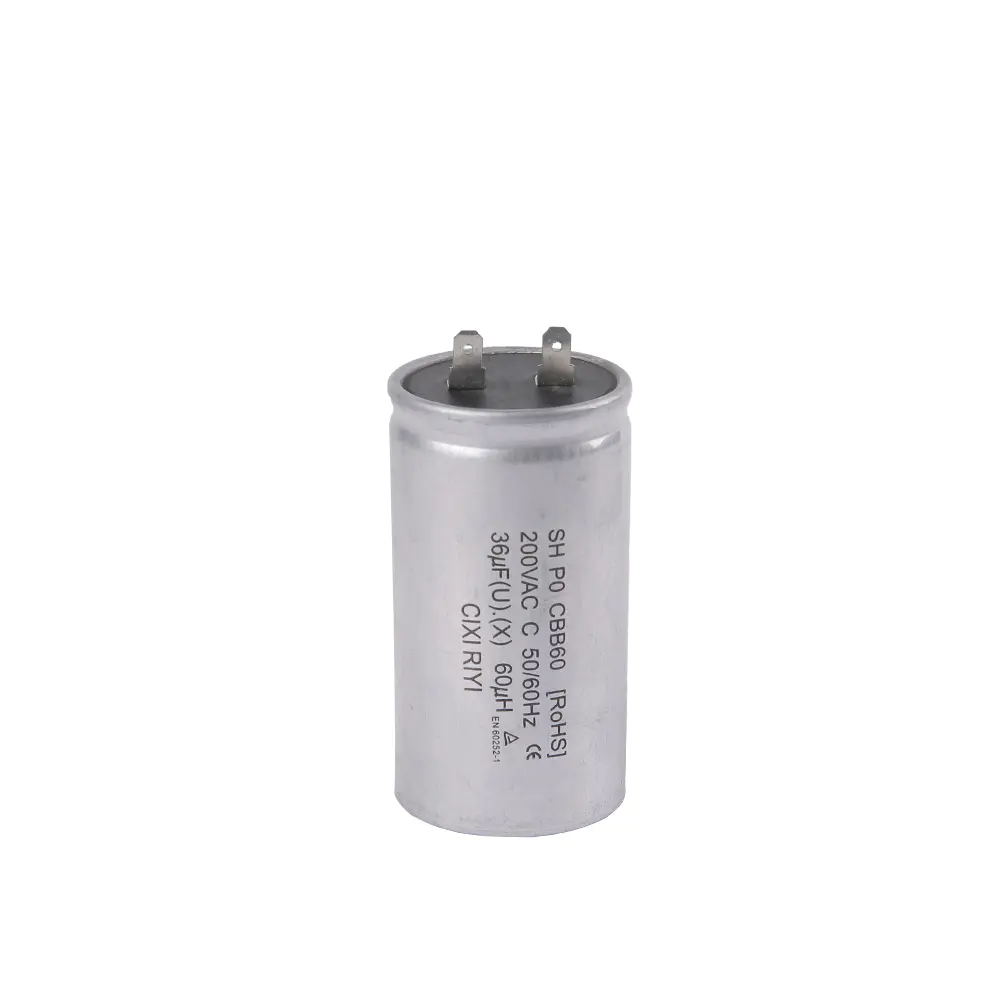
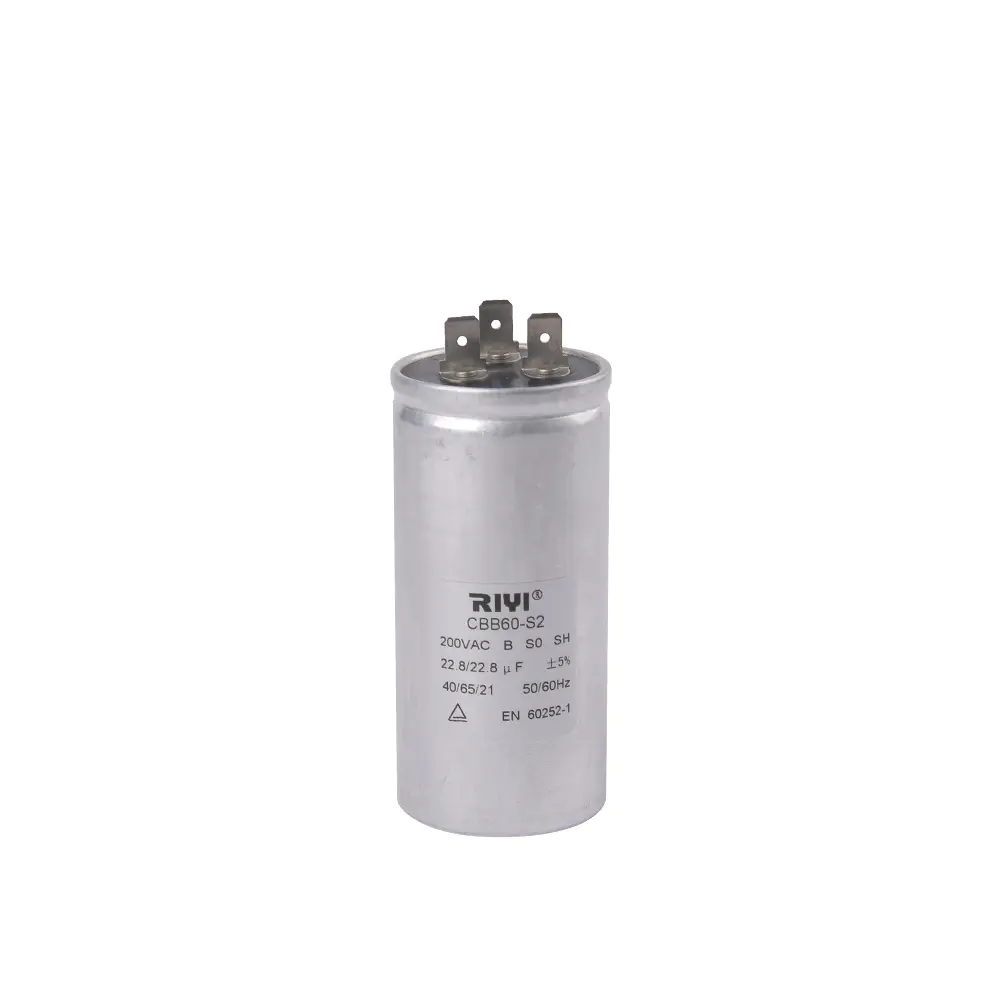
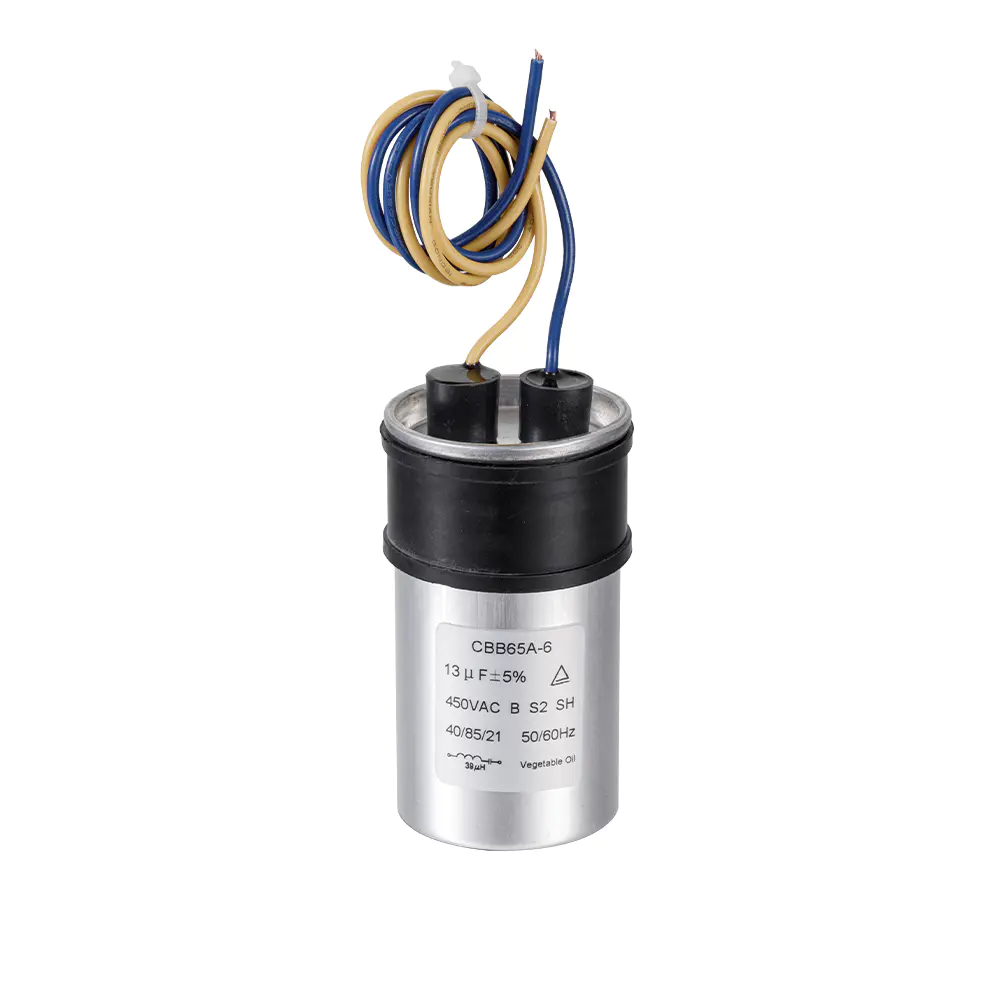
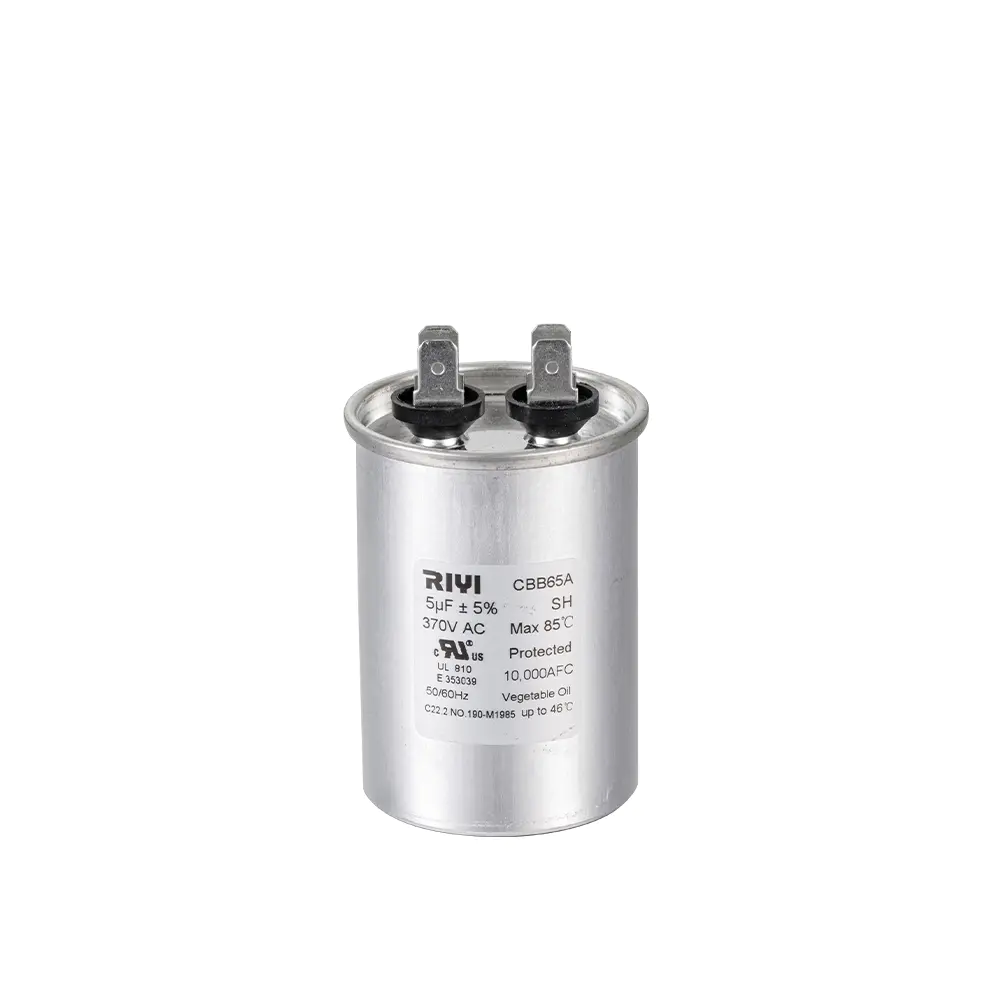
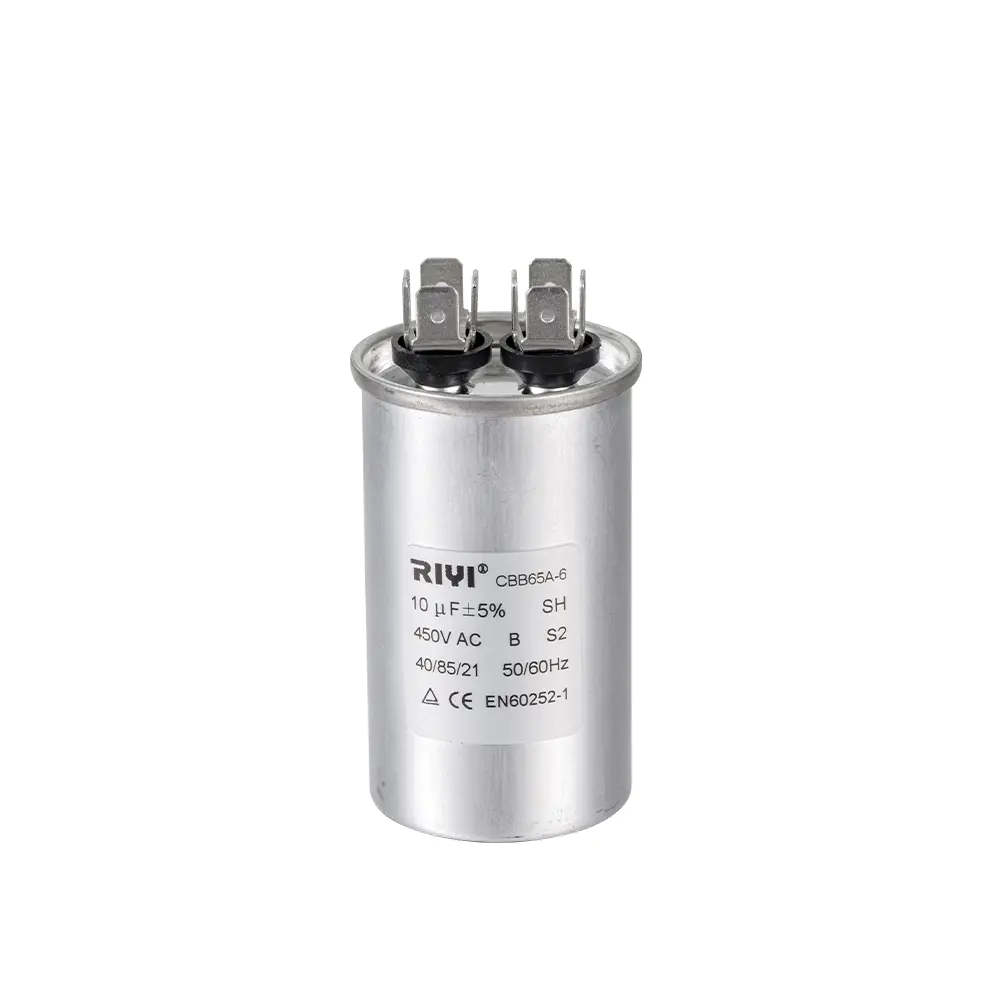
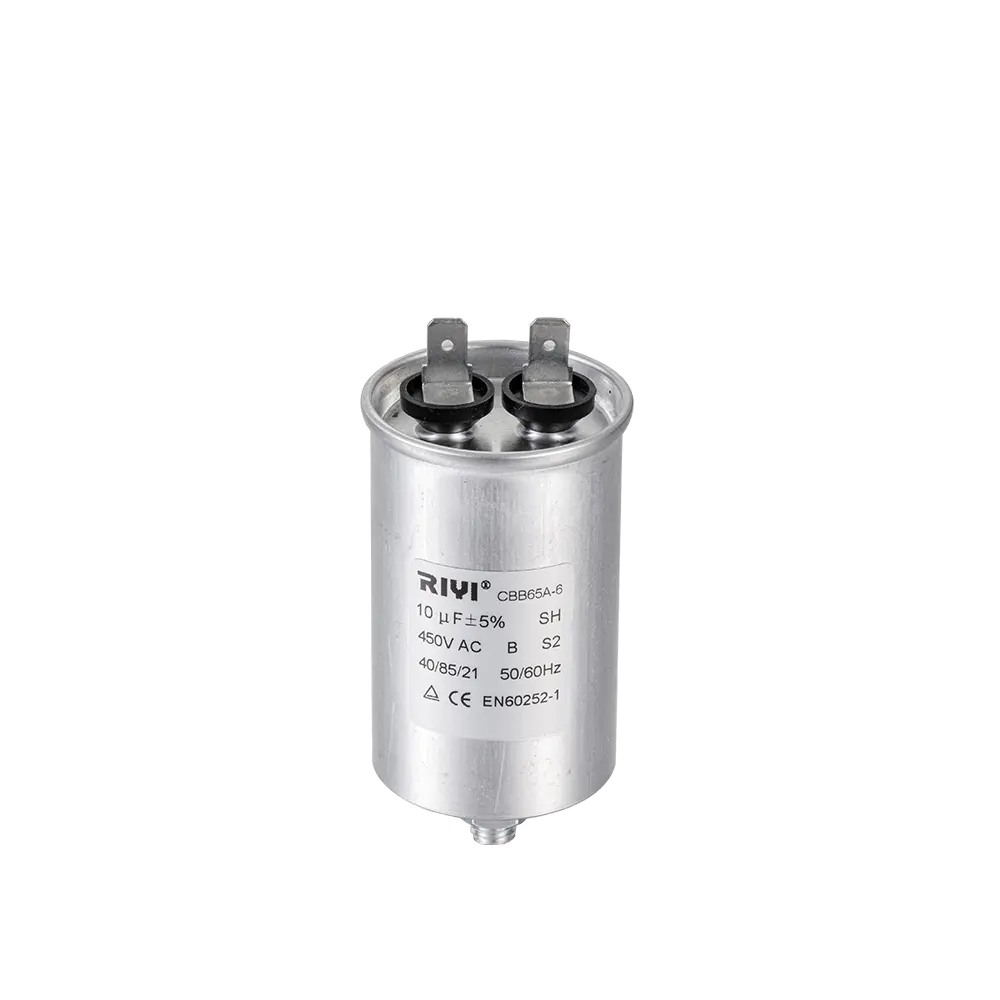
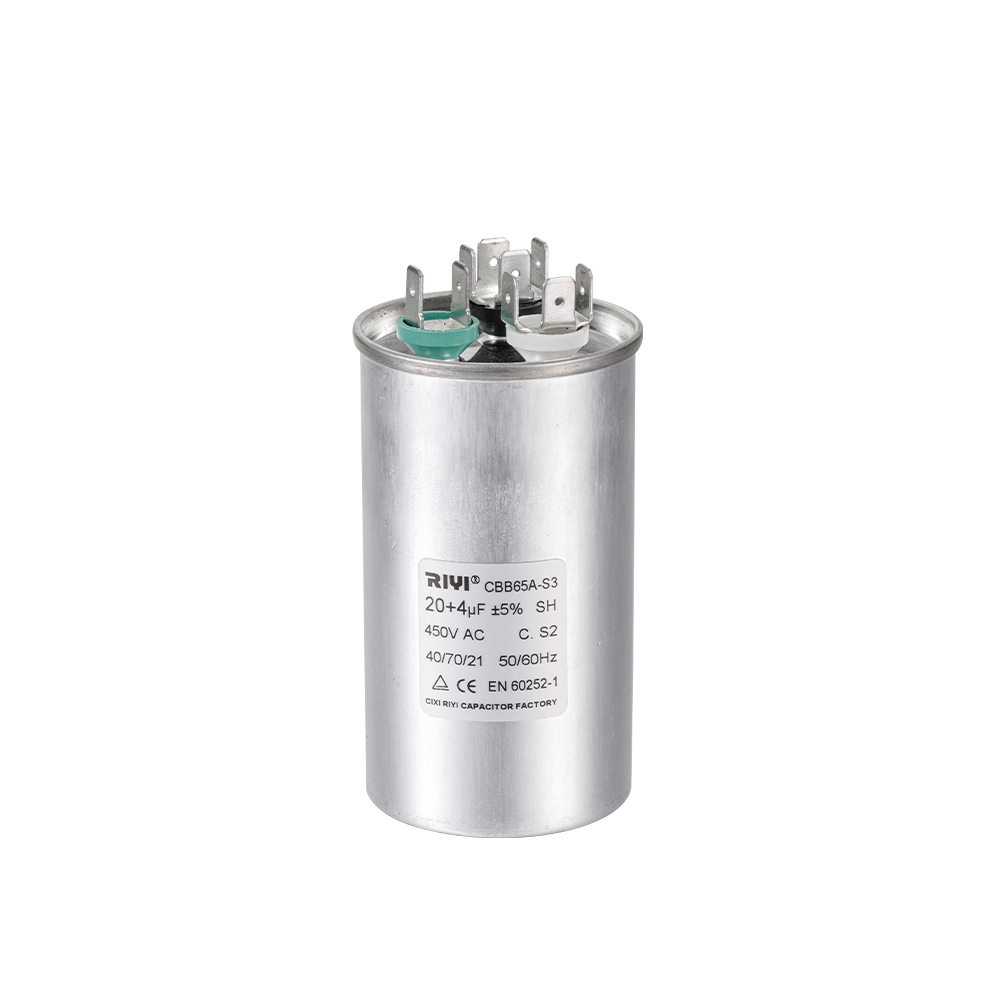
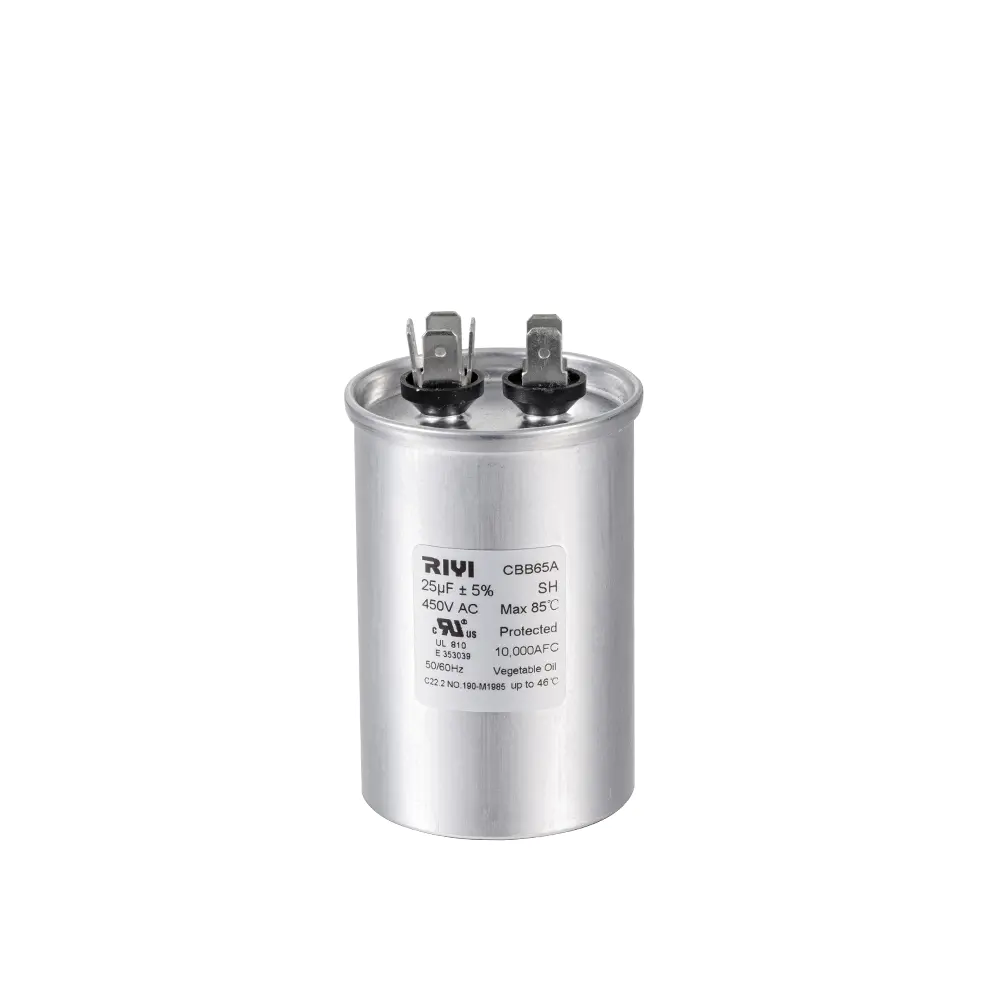
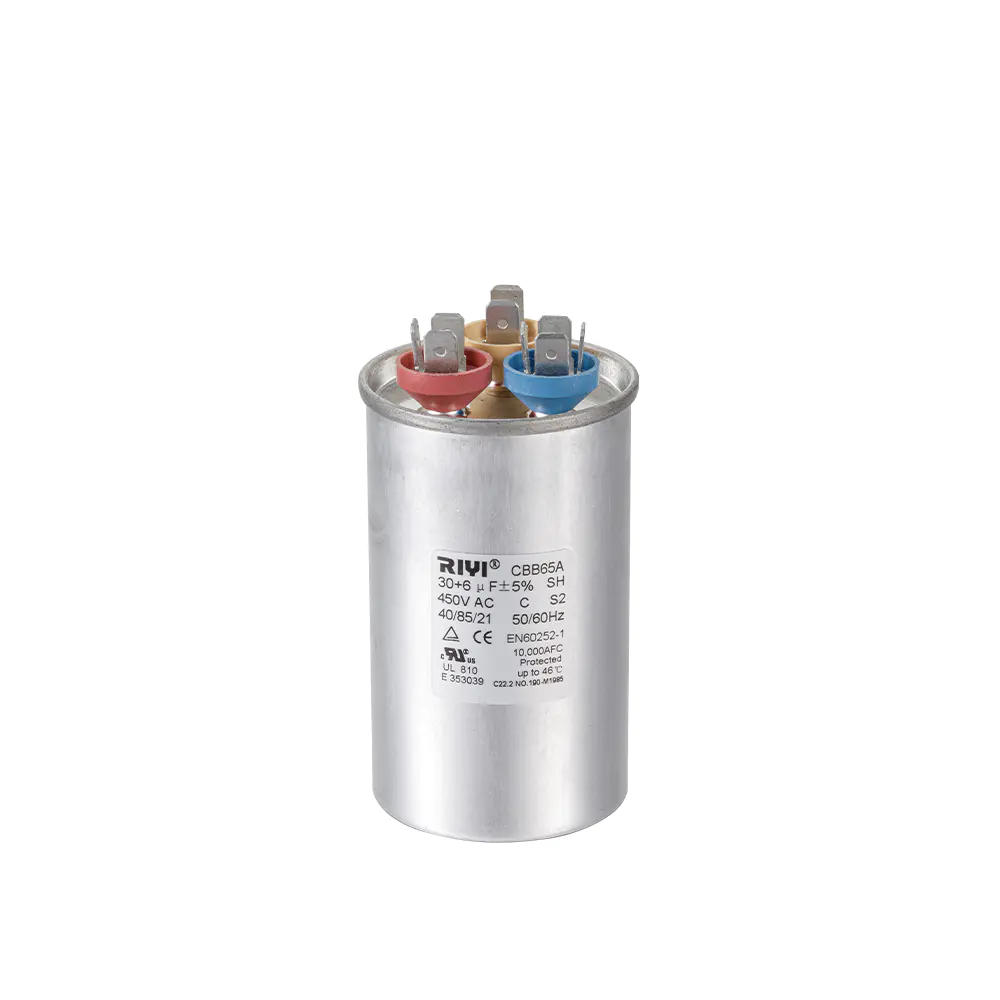
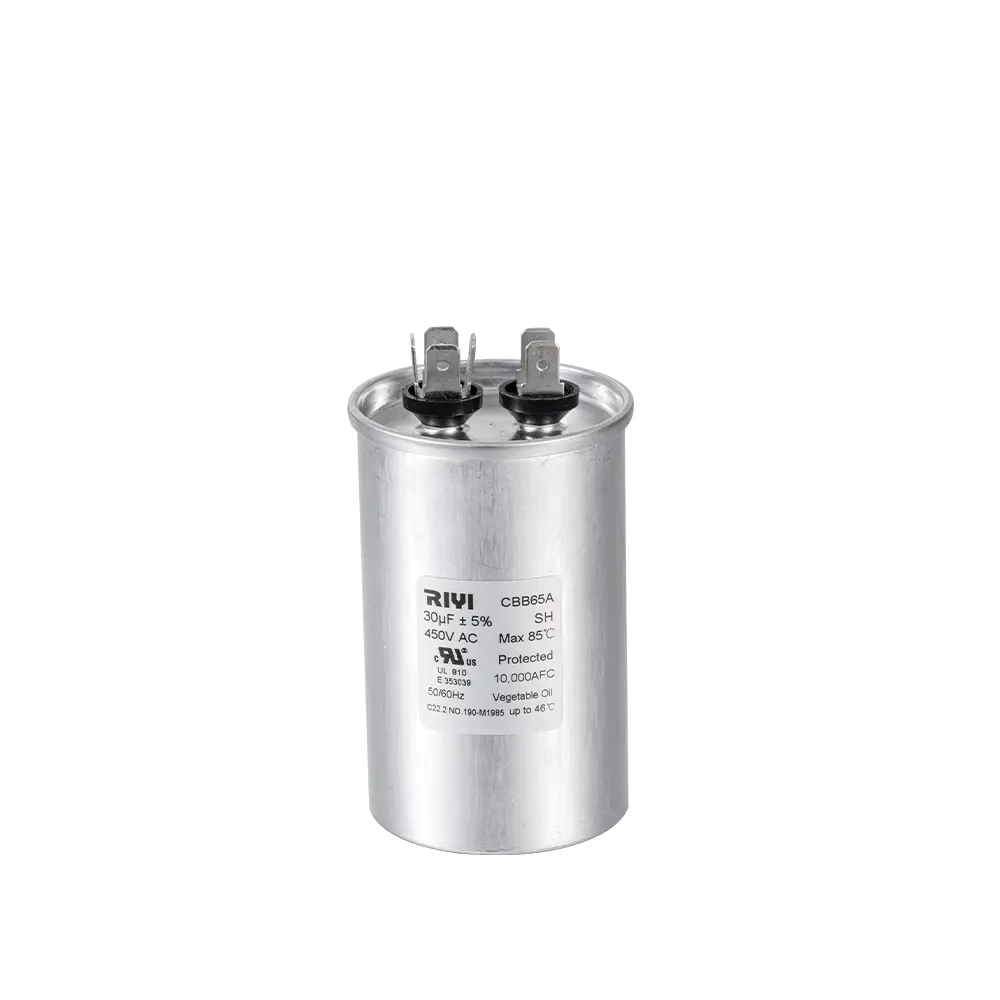

 +86-13600614158
+86-13600614158
 +86-0574-63223385
+86-0574-63223385 Zonghan Street,Cixi City,Zhejiang Province,China.
Zonghan Street,Cixi City,Zhejiang Province,China.